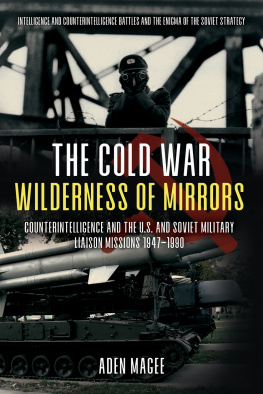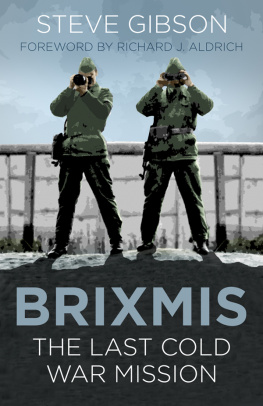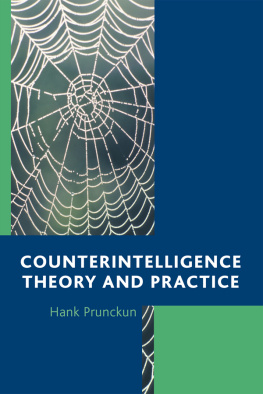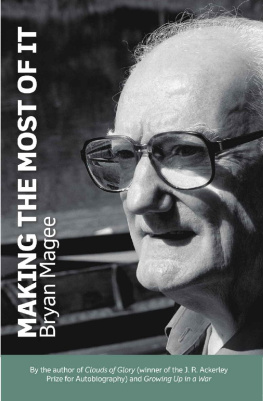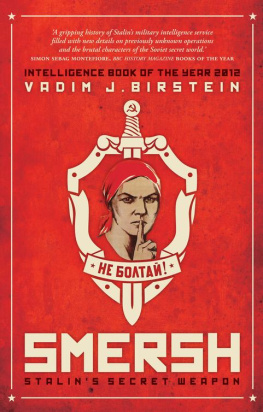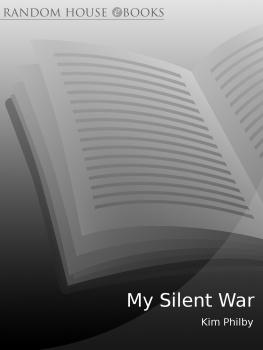

Published in the United States of America and Great Britain in 2021 by
CASEMATE PUBLISHERS
1950 Lawrence Road, Havertown, PA 19083, USA
and
The Old Music Hall, 106108 Cowley Road, Oxford OX4 1JE, UK
Copyright 2021 Aden C. Magee
Hardback Edition: ISBN 978-1-61200-993-3
Digital Edition: ISBN 978-1-61200-994-0
A CIP record for this book is available from the British Library
All rights reserved. No part of this book may be reproduced or transmitted in any form or by any means, electronic or mechanical including photocopying, recording or by any information storage and retrieval system, without permission from the publisher in writing.
Printed and bound in the United States of America by Sheridan
Typeset by Lapiz Digital Services.
For a complete list of Casemate titles, please contact:
CASEMATE PUBLISHERS (US)
Telephone (610) 853-9131
Fax (610) 853-9146
Email:
www.casematepublishers.com
CASEMATE PUBLISHERS (UK)
Telephone (01865) 241249
Email:
www.casematepublishers.co.uk
The views expressed in this publication are those of the author and do not necessarily reflect the official policy or position of the Department of Defense or the U.S. government.
Front cover image: A communist border guard mans the Berlin Wall, keeping a lookout for persons attempting to escape from East Berlin. (U.S. National Archives)
Contents
Past is Prologue
The myriad of stratagems, deceptions, artifices and all other devices of disinformation which the Soviet bloc and its coordinated intelligence services use to confuse and split the West have confronted our policy makers with an ever-fluid landscape where fact and illusion mergea kind of wilderness of mirrors where honest statesmen are finding it increasingly difficult to separate the facts of Soviet actions from the illusion of Soviet rhetoric.
JAMES JESUS ANGLETON, CHIEF OF CIA COUNTERINTELLIGENCE, 195474
In December 1988, the newly assigned commander of the Department of Defenses (DoDs) elite Counterintelligence Special Operations element in Europe met with the Chief of Counterintelligence for the U.S. Army Europe (USAREUR) at the USAREUR headquarters in Heidelberg, West Germany. The operational commander was a U.S. Army captain and counterintelligence special agent with highly specialized training and experience. The USAREUR Chief of Counterintelligence was a seasoned colonel who did not fit the standard role of an intellectually introverted counterintelligence officer. The two men were cut from the same cloth. The captain was hand-picked to establish an unprecedented counterintelligence capability in Europe and to lead sensitive operations against the main enemy. The colonel was brought in specifically to attack the hard problems that had perpetuated for decades.
The colonel had received his marching orders from the senior intelligence general in Europe, and now the captain was getting his. On that day, the two leaders agreed to endeavor to solve one of the greatest mysteries in the history of counterintelligencethe enigma that was the Soviet Military Liaison Mission.
Ultimately, they did not succeed because the Cold War clock ran out on them; but sometimes, the journey can be as interesting as the destination.
The history, evolution, and norms of operations that developed among the MLMs, and the events that occurred leading to this intended decisive point to address the Soviet Military Liaison Mission, is an epic and mostly untold story in and of itself. The story of the intense but short period that followed has never been told.
Introduction
Spying is commonly referred to as the worlds second-oldest profession. Spying is generally associated with intelligence collection which is the acquisition of information that a competing nation holds as secret, and the disclosure of which is counter to that nations best interests. Counterintelligence is information gathered and activities conducted to identify, deceive, exploit, disrupt, or protect against intelligence collection. In basic terms, intelligence collection is offense and counterintelligence is defense, but to borrow from another adage, sometimes the best defense is a good offense. The primary battles and methods of warfare during the Cold War were intelligence collection and counterintelligence.
As will be detailed, the two Cold War superpowers approached warfare in this arena and on foreign soils differently. The key players on the Soviet side were the Committee of State Security, the Komitet Gosudarstvennoi Bezopasnosti (KGB), and the Russian military intelligence service, the Glavnoye Razvedyvatelnoye Upravlenie (GRU). On the U.S. side the key players were the Central Intelligence Agency (CIA) and the DoD intelligence and counterintelligence elements. Although these may appear to be similar constructs for combat in the domains of intelligence and counterintelligence, as will be detailed throughout the pages, they differed significantly. These differences had substantial implications for how this story played out.
From the historic perspective, there are many stories in the world of espionage and intrigue, intelligence and counterintelligence, and spy and counterspy, that will never be told. If not for the following pages, there would be more undocumented missions and operations to be lost in the sands of time. This book provides a small time capsule of Cold War history that would have been lost in the shadows of the decades after the close of the Cold War, if not told here.
A good story benefits from an interesting dynamic among a protagonist and antagonist, and this one certainly has that, in the form of the U.S. and Soviet Military Liaison Missions (MLMs), which were established after the conclusion of World War II, and remained microcosms of the epic standoff for the following four-plus decades of the Cold War. The U.S. and Soviet MLMs collected intelligence against their main enemy for the entirety of the Cold War, and the sides were in a continuous process of attempting to counter collection activities of the MLMs. This was a cat-and-mouse dynamic that was in play for each hour of each day of the Cold War, with very few exceptions.
The MLMs were persistent fixtures in postwar Germany and played a prominent role during the entire Cold War era. However, these artifacts have been almost completely overlooked by authoritative works in Cold War history. The very few works that do memorialize the MLMs are largely anecdotal and presented almost exclusively from the standpoint of the Allied MLMs. This lack of research and notoriety is due largely to the fact that the MLMs and the countries they represented vigilantly discouraged publicity about their existence because their anonymity served to avoid questions regarding their purpose. Only occasionally did news about the MLMs escape into the public domain during their existence. U.S. and Soviet authorities consistently sheltered the missions activities from unnecessary publicity, which may have otherwise left them more exposed to downturns in superpower relations. In addition, since the MLMs were largely regarded as sore reminders of German occupation and postwar reparations, the Germans who hosted these missions had little motivation to preserve their legacies.
Formerly classified annual U.S. MLM (USMLM) Unit History reports from 1964 through 1988 have been declassified and provide a strong record of unit activities, but these reports did not capture all of the events as they applied to USMLM. The Moscow Institute for Military History has rejected requests for information regarding Soviet MLM, Frankfurt (SMLM-F). Such a disclosure would require approval from the Russian chief of the general staff. Former members of the Soviet missions do not want to be cited and are not available for interviews. Details that likely reside in the secretive military history archives have not been approved for release, and likely never will. And even if the archives were opened or the Soviet cold warriors spoke, it would still be impossible to separate fact from rhetoric. In contrast, many of the details regarding SMLM-F and the U.S. activities to monitor SMLM-F have been released exclusively to the author through the U.S. Freedom of Information Act. First-hand information from the very few shadow warriors who actually operated against SMLM-F have provided very credible details regarding that enigmatic element.



